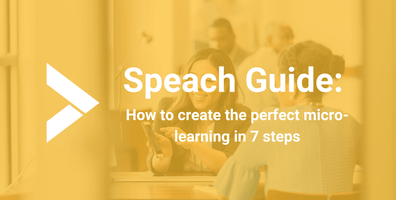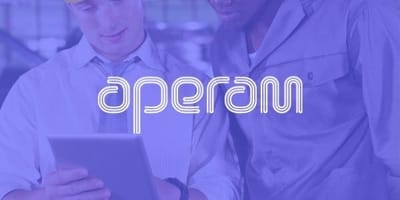Enhancing the granularity and effectiveness of procedural training through microlearning.
Step 1: Identify Learning Objectives
This foundational step involves a deep dive into the existing material to extract the essence of what learners need to know. Understanding the 'why' behind each procedure helps in crafting learning objectives that are not only aligned with organizational goals but also resonate with the learner’s real-world challenges. By setting SMART (Specific, Measurable, Achievable, Relevant, Time-bound) objectives, we ensure each microlearning module has a clear purpose and measurable outcome.
Step 2: Break Down the Content
Once the objectives are clear, the next step is to deconstruct the lengthy procedures into smaller, digestible segments. This involves an analytical approach to content, identifying natural breakpoints and themes within the procedures. Each segment is then refined to focus on a single concept or task, ensuring clarity and focus. This segmentation helps in organizing the content logically, making it easier for learners to follow and understand.
Step 3: Prioritize for Impact
With all the content laid out, prioritization helps in determining the sequence and emphasis of each microlearning module. Factors such as the frequency of task performance, its criticality to job function, and the potential impact on performance and safety are considered. This step ensures that learners first receive content that will have the most immediate and significant impact on their work, thereby enhancing the overall effectiveness of the training program.
Step 4: Scripting and Storyboarding
Turning the segmented and prioritized content into engaging learning experiences requires careful scripting and storyboarding. This creative process translates the dry, often technical content into engaging narratives or scenarios that capture the learner's interest. Storyboarding outlines the visual and interactive elements that will accompany the script, planning out each frame to ensure the video content is engaging and informative. This step is crucial for visualizing the flow and ensuring the final product effectively conveys the learning objectives.
Step 5: Produce Engaging Videos
The production phase brings the script and storyboard to life. Using a combination of live-action, animation, or a mix of both, this step focuses on creating high-quality video content that is both informative and visually compelling. Professional voiceovers, engaging visuals, and interactive elements are integrated to create a rich learning experience. Attention to audiovisual quality ensures that the content is not just educational but also enjoyable to engage with.
Step 6: Complement with Resources
To enhance the learning experience and provide learners with tools they can use in their daily work, supplementary resources are developed. These may include quick-reference guides, checklists, infographics, and interactive exercises that reinforce the video content. These resources are designed to be easily accessible and provide just-in-time support, enabling employees to quickly refresh their knowledge or check details as needed.
Step 7: Implement and Evaluate
The implementation phase involves deploying the microlearning modules to the target audience through the organization's LMS or other digital platforms. This step also sets the stage for ongoing evaluation, where learner feedback and performance data are collected and analyzed. This feedback is essential for understanding the effectiveness of each module and identifying areas for improvement. Continuous evaluation and adaptation ensure the training remains relevant, engaging, and aligned with the learners' needs and organizational goals.
Conclusion
The transformation of lengthy procedures into microlearning modules is a meticulous process that involves careful planning, creativity, and continuous improvement. By focusing on the learner’s needs and leveraging the power of storytelling and multimedia, organizations can create engaging and effective training programs. This approach not only enhances learning outcomes but also supports the overall growth and success of the organization and its employees.





